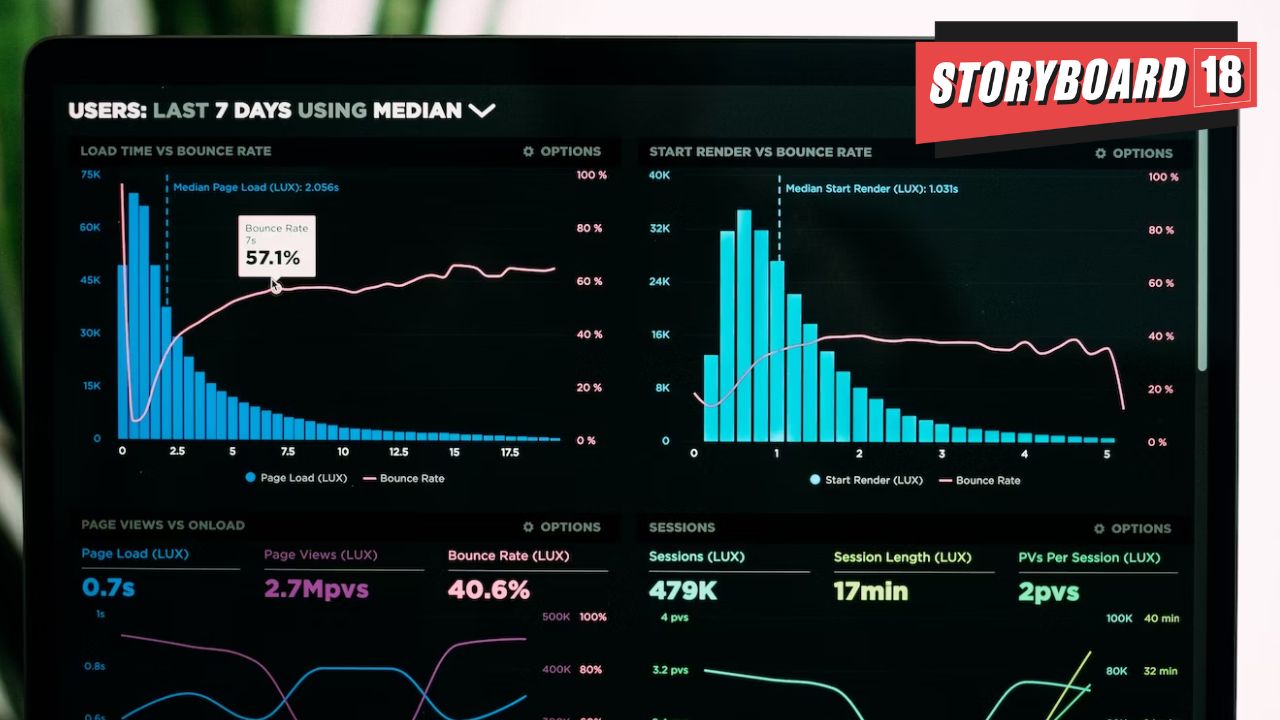For a good long period of time, cost of advertising was around 15$ for every 100$ spent on advertising. When media agencies were carved out of this, we had a notional breakdown of this 15$ as 12.5$ and 2.5$, till media independents (as media agencies were called) built their own business model with deep discounts to grab market share. All this was good, till the media vehicles were linear/analog. As digital advertising started taking a sizeable share of media spends, under the premise and promise of personalization and performance, cost of advertising has also taken a different configuration.
Recent programmatic transparency study from ANA threw some light on this. Close to 23$ went towards automation and 6$ went towards related data, presumably additional to the existing cost of advertising. So net net, give or take, cost of digital advertising is around 40$ for every 100$ spent.
So far so good. The study from ANA represented the open web advertising only and not that of the walled gardens, as they did not participate. Besides, walled gardens bundled technology and data as one and did not distinguish – after all that is the business model – of exchanging consumer insights for better recommendations – and therefore better personalization.
On the back of privacy regulations – which now demands consumer consent for better targeting, walled gardens have built the much required, consent mechanism and better algorithms for creating “compliant” look-a-alikes through their own proprietary APIs. The price for responsible use of consumer data will never be separately seen when brands advertise with the walled gardens. It is part of the overall of cost of advertising or marketing. At best we can only evaluate the overall marketing ROI of such investments.
It is not that simple for the Open Web though. There are a whole lot of additional technologies that they need to invest in. As such the seller’s revenue is at 60$ for every 100$ spent on advertising. Now they need to build new capabilities, out of which a Customer Data Platform, a Consent Management System, and the new shiny object a Data Clean Room are mandatory. This is the price for responsible use of consumer data for publishers if they want to control and improve their yield. The same applies to brands as well. Should they decide to consider the Open Web for advertising, they will need to brief their agencies to build in a CDP, a CMS and a DCR into their scope to be able to stand up for responsible use of their consumer data.
Brands and publishers have a choice to make here
Choice 1 – Brands can divert all their monies to walled gardens and be rest assured their data is safe with them. Walled gardens will maintain the record of processing of all their activities and provide it to them upon request with sufficient privacy enhancing technologies baked into the stack. Publishers can also do the same – drive all their destinations through the walled gardens – both desktop browsers and mobile applications – and take a share of revenues as and when it was generated. World wide web, as we see today will transform from having a bunch of walled gardens into a few concrete jungles, each taking care of responsible use of consumer data. The only challenge industry would not have addressed is in cross garden measurement.
Choice 2 – Brands and publishers invest in the requisite technologies across a CDP, CMS and a DCR where they take complete control of their own consumer’s data. This is the price they will need to pay towards responsible use of their consumer’s data. This will have long term benefits. First and foremost is the direct relationship with the consumer, which can be nurtured for sustained growth. Secondly, as the power shifts more and more to the consumer – in the form of wallets – direct relationship offers bigger and better opportunities for a structured value exchange with a few identified ecosystem partners. Consent management becomes by default. This is a Web3 way of thinking, and we do not know how long this will take and how far brands and publishers need to go towards building an ecosystem.
Responsible use of consumer data is an agenda that should not be limited to advertising or marketing. This should be a board room initiative, directly led by the CEO to ensure that, as brands and publishers, they control the destiny of their business by directly holding the relationship with their consumers. Today this is seen as a cost of advertising and marketing. Industry will serve itself well if sufficient efforts are taken towards addressing this.
Gowthaman Ragothaman is a 30-year media, advertising and marketing professional and CEO of Aqilliz, a blockchain solutions company for the marketing industry.
Read More: MAdtech Point: If Advertising will no longer run the Internet, then what will run the Internet?
